Home / Canvas Wraps / Space Canvas Wraps / Mars
![]()
Shop WhiteClouds for some of the best Space Marscapes wall canvas art images online. No other planet has been explored more than Mars, so we have been able to discover many of its unique and beautiful terrain in great detail. Invite an atmosphere of wonder and discovery with these bold images of the Red Planet.
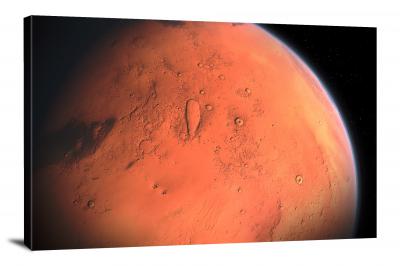
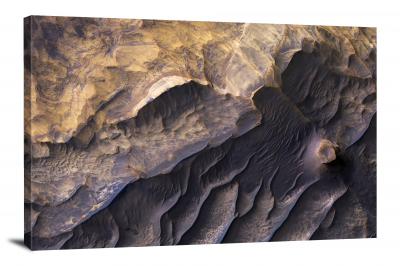
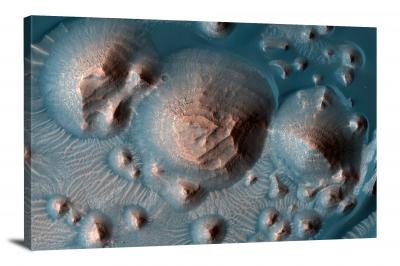
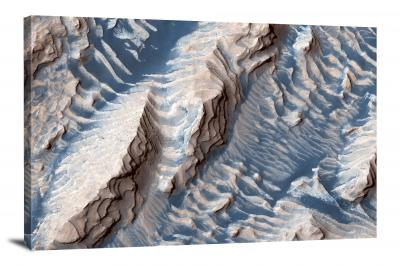

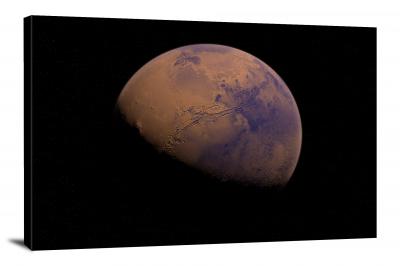
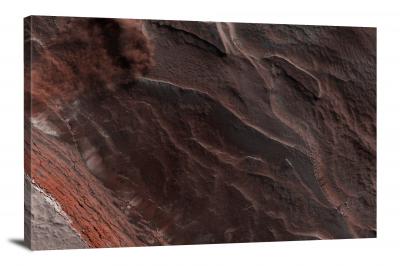
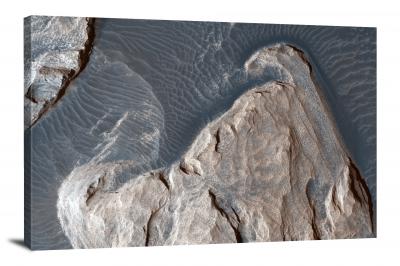
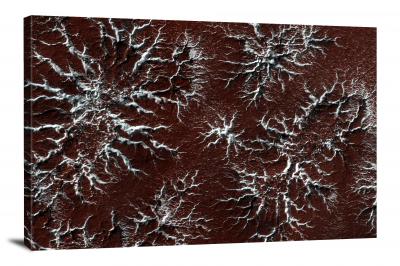
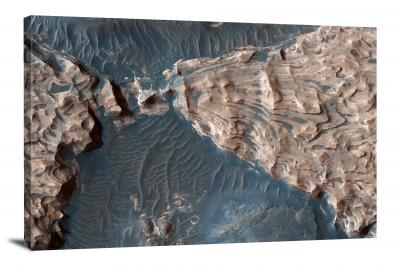
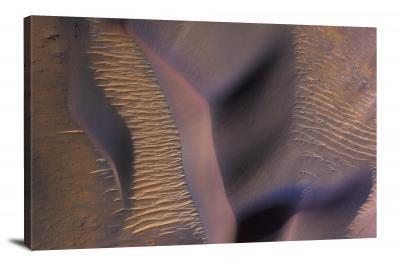

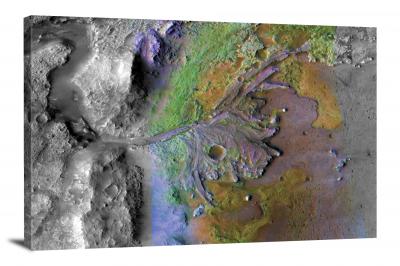
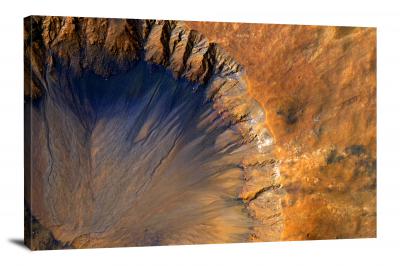
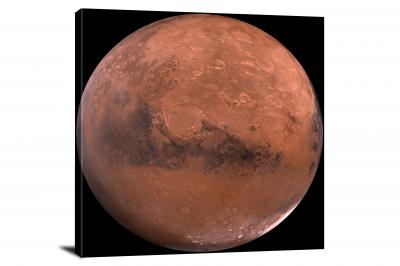
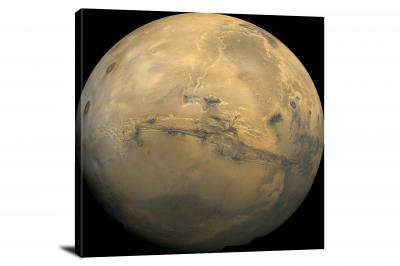
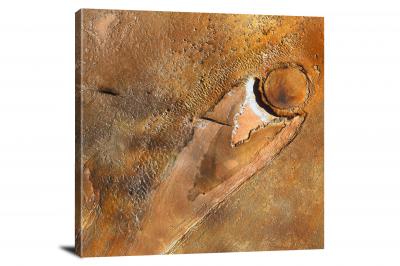
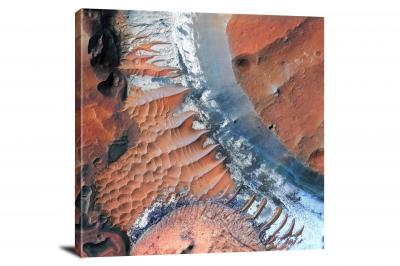
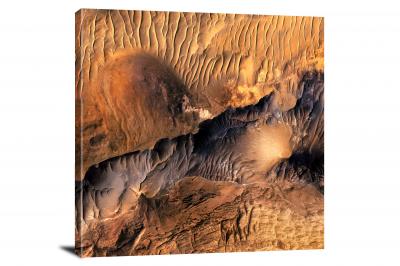
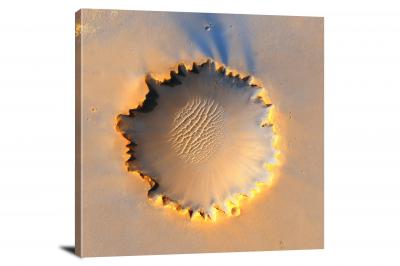
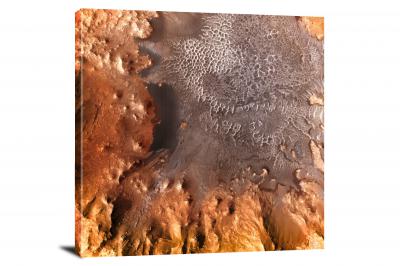
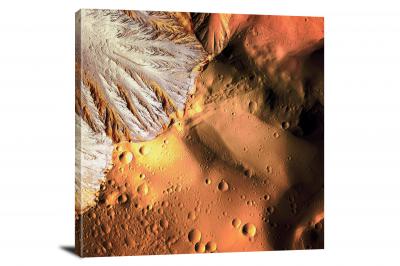
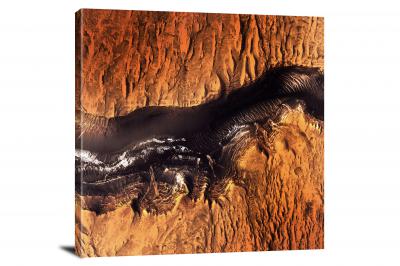
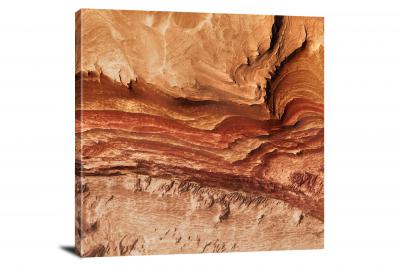
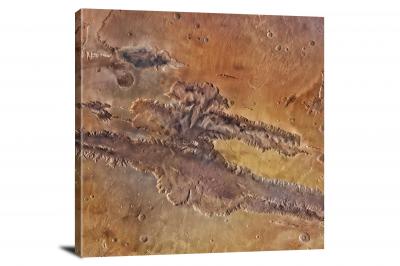


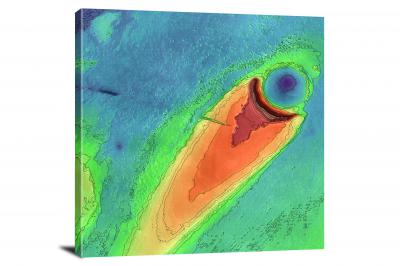
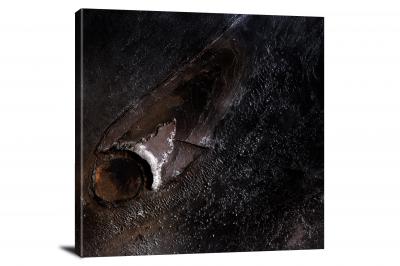
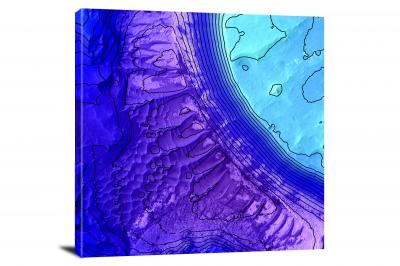

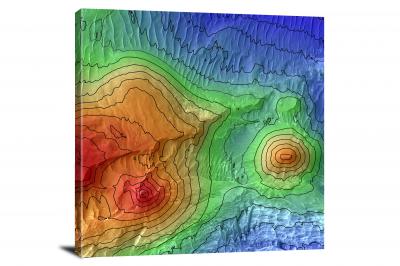

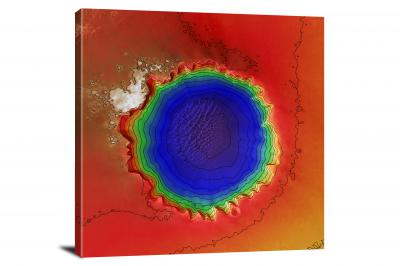

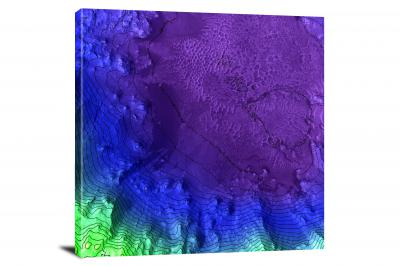
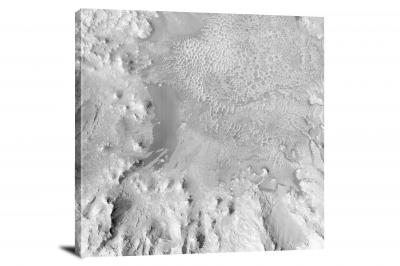
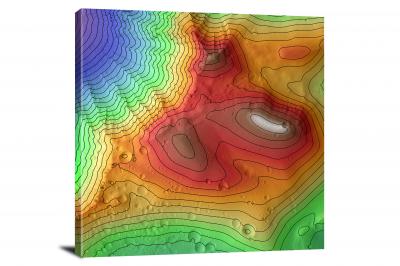
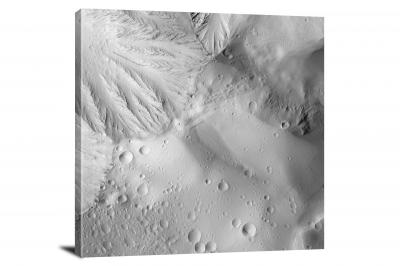
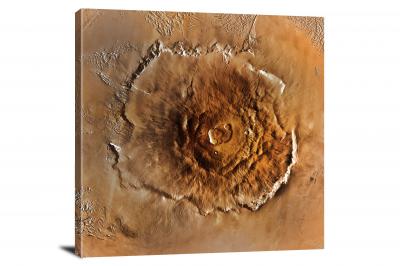
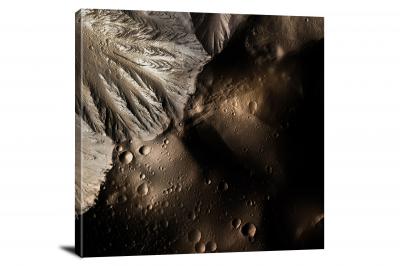

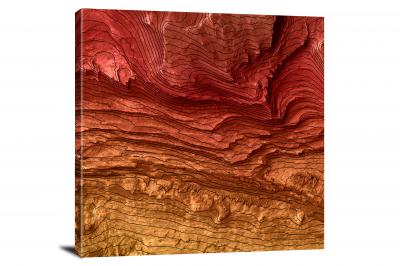

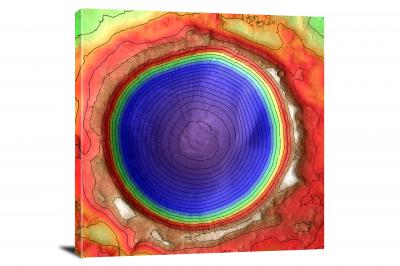
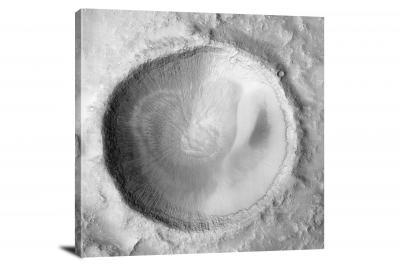
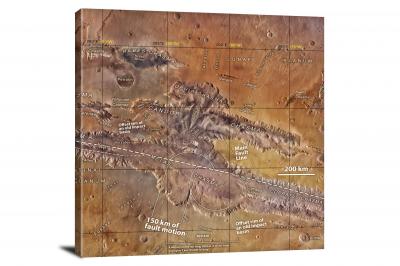

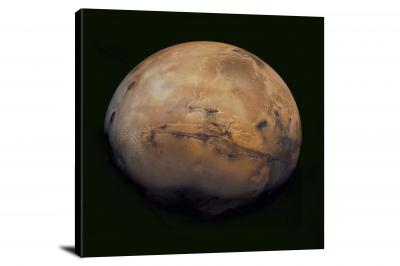

Known as the "Red Planet" due to its ruddy appearance, Mars has long captured human interest, invoking imaginations of little green men and becoming a prime target in the quest for extraterrestrial life. As technology has advanced, our understanding of Mars has transformed from a mere point of light in the sky to a world with diverse landscapes and a complex history. From its ancient volcanoes to its potential for harboring life, let's embark on an exhilarating journey to explore the enigmatic Mars.
Mars: A Celestial Snapshot
Mars, the fourth planet from the Sun, is our outer neighbor in the Solar System. It's about half the size of Earth but has the same amount of landmass due to its lack of large bodies of water. Mars boasts the highest volcano, Olympus Mons, and the longest canyon, Valles Marineris, in the Solar System. Its day, or sol, is just slightly longer than an Earth day, at 24.6 hours.
The Red Planet has a thin atmosphere, primarily composed of carbon dioxide, with traces of nitrogen and argon. It experiences seasons like Earth, owing to a similar tilt on its axis, but its elliptical orbit leads to more extreme seasonal variations.
Unraveling Mars' Past
Mars today is a cold, desert world with temperatures averaging around -80 degrees Fahrenheit. However, geological evidence suggests that it once had a denser atmosphere, a warmer climate, and liquid water on its surface — key ingredients for life as we know it.
Ancient river valleys, dried-up lake beds, and possible ocean shorelines suggest that Mars was once much wetter. The rover Curiosity, exploring Gale Crater, has found mineral evidence of past water and a variety of organic molecules, the building blocks of life.
Mars' transformation from a warmer, wetter world to a frozen desert is a major focus of scientific study. Understanding what happened to Mars' water and whether it ever harbored life are critical pieces of the Martian puzzle.
Mars Exploration: Robots Leading the Way
Robotic missions have been our primary means of exploring Mars, beginning with flybys and orbiters and progressing to landers and rovers. Each mission has incrementally expanded our understanding of the Red Planet.
NASA's Viking missions in the 1970s were the first to land successfully, conducting experiments that provided our first in-depth look at Martian soil and searched for signs of life. More recent missions, like the Mars Exploration Rovers, Spirit and Opportunity, and the Mars Science Laboratory's Curiosity rover, have significantly advanced our understanding of Mars' geologic history and past habitability.
The latest rover, Perseverance, along with its helicopter companion, Ingenuity, landed in Jezero Crater in February 2021. Perseverance is on the hunt for signs of ancient microbial life and will collect and store samples for future return to Earth.
The Future of Mars Exploration: Humans on Mars
Sending humans to Mars is the next giant leap in space exploration, a goal shared by space agencies and private companies worldwide. Humans would bring flexibility and decision-making capabilities unmatched by robotic explorers. However, this venture also comes with significant challenges, including long-duration space travel, radiation exposure, and the necessity for life-support systems.
NASA's Artemis program aims to return humans to the Moon by 2024 as a stepping-stone towards Mars. The Moon serves as a testbed for technologies and strategies necessary for Mars exploration. At the same time, SpaceX's Starship is being designed with the ambition of carrying humans to Mars and creating a self-sustaining colony.
Mars in Our Imagination
Mars has long held a special place in our cultural imagination, from early science fiction tales of Martians to modern films and literature. The possibility of life, past or present, and the potential for future human habitation continue to inspire a sense of wonder and a drive for exploration.
As we unravel the mysteries of Mars, we not only learn more about the Red Planet's past and potential for life but also gain insights into Earth's history and future. The exploration of Mars reflects our innate curiosity, our technological prowess, and our ambition to venture further into the cosmos. As we stand on the precipice of human exploration of Mars, the Red Planet continues to beckon, a glowing ember in the night sky, awaiting our arrival.
Locating Mars in the night sky is a rewarding experience that requires minimal equipment. To find Mars, you'll need a clear night, away from light pollution, and preferably, access to a star map or astronomy software. Here's a simple guide:
Know when to look: Mars isn't always visible from Earth because of the two planets' respective orbits around the Sun. Approximately every two years, Mars is in opposition to the Sun, making it visible in the night sky Check an astronomical calendar or a reliable online resource to find the best viewing times.
Understand the ecliptic: The ecliptic is the apparent path the Sun, Moon, and planets follow across the sky. Understanding this concept will make it easier to locate Mars.
Use a star map or app: A star map or a smartphone app that charts the night sky can be a great tool to locate Mars. These tools will show you Mars' position relative to stars and constellations.
Identify Mars by color: Mars is often called the "Red Planet" because of its reddish appearance. This is due to iron oxide, or rust, on its surface. If you spot a bright, reddish object, that's likely Mars.
Confirm with a telescope: If you have access to a telescope, use it to confirm that what you're seeing is indeed Mars. You won't see as much detail as space probe pictures, but you can often make out some surface features and polar ice caps.
Remember, patience and practice are essential when learning to locate celestial bodies. Don't be discouraged if you don't find Mars on your first attempt, keep trying and the skies will soon become a familiar landscape to you.